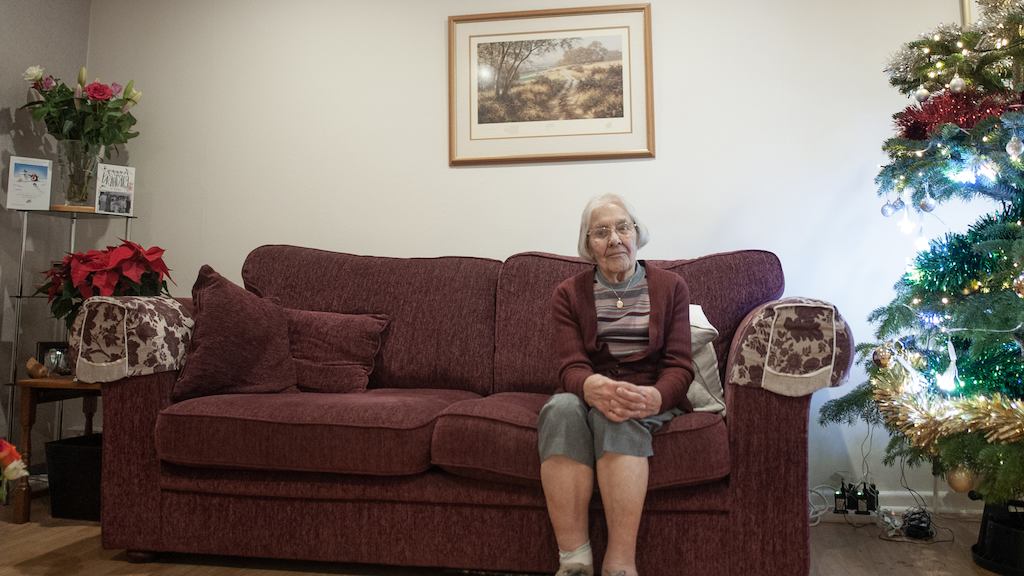You might assume that reductions like this require extreme or costly changes, but this was not the case. Bound by a tight budget, as most social housing providers are, the changes made use of existing internal supports and community services, from opticians and pharmacists, to befriending services and carpet fitters.
The trick was finding the right solution for the individual and their home environment: an effective yet realistic regime which could be sustained by the customer to keep their fall risk low.
Identifying health and safety risks at home is nothing new, but this application shows the power of partnership between the landlord and their tenants.
Because of this, I’m pleased to support the Safe Homes Now campaign which builds on this concept, extending the scope of hazards beyond falls. We must ensure no one in England lives in a home that damages their health and limits their life.
My current work at The Royal Society for the Prevention of Accidents helps more people to reduce their risk of falls by replicating the successful Trent & Dove pilot: I’ve produced a toolkit for housing associations introducing the impact of falls and how best to support their customers in staying safe.
This month’s Falls Awareness Week has brought together professionals and those with a personal interest in fall prevention. I hope that both groups will find empowerment through RoSPA’s free Fall Fighter training course. The 2024 version covers the common causes of falls and has lots of practical tips for reducing the risk, giving everyone something that works for them.
People who know how to reduce fall risks can keep themselves and their families safer from serious injuries like hip fractures. But the benefits go way beyond injury prevention. Fall prevention boosts confidence and improves wellbeing, lifting people from under the fear of falling and enabling healthier ageing.
To get these benefits to everyone in our community we must all do our part:
- in raising awareness of fall risks and how to reduce them,
- passing on our knowledge of services and supports to those who need them,
- and helping to keep fall prevention at the top of the home safety agenda.



